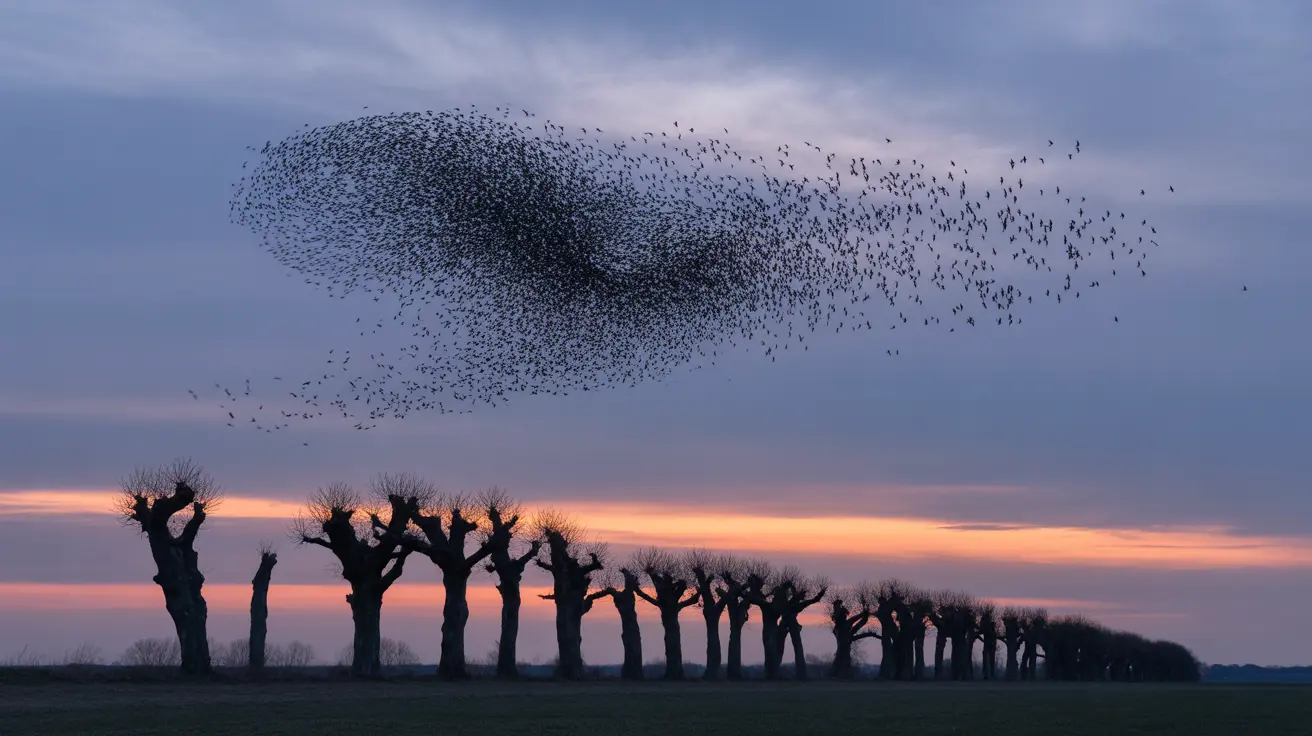Understanding Atmospheric Layers and Animal Navigation
Birds and other flying creatures don't simply move through the sky randomly. Instead, they recognize and utilize specific atmospheric layers as navigational highways. These invisible pathways are created by variations in light, temperature, and other atmospheric conditions that most humans cannot perceive.
The Role of Natural Light Signals
Wild birds rely heavily on polarized light for navigation, using it as a reliable compass even when direct sunlight isn't visible. This natural ability remains present in pet birds, though they may have fewer opportunities to use it in indoor environments.
Bird Migration and Magnetic Fields
One of the most remarkable aspects of avian navigation is their ability to detect Earth's magnetic fields. This natural compass works in conjunction with atmospheric cues to guide birds during migration. Even domestic birds retain this sensitivity, which may influence their behavior during seasonal changes.
Nocturnal Animal Navigation
The navigation system becomes even more sophisticated after dark. Nocturnal species have evolved to use starlight, moon phases, and other nighttime atmospheric conditions to maintain their orientation. This explains why pet birds may show increased activity during full moons or display seasonal behavioral changes.
Impact of Weather on Bird Flight
Atmospheric conditions play a crucial role in determining how and when birds fly. Understanding these natural patterns can help pet owners better anticipate their birds' behavior and provide appropriate care during different weather conditions.
Frequently Asked Questions
How do birds and bats use atmospheric layers for navigation, and what does this mean for pet birds?
Birds use a combination of light layers, magnetic fields, and atmospheric conditions to navigate. While pet birds may not need these skills for survival, providing opportunities for natural light exposure can support their inherent navigational instincts and overall well-being.
How does light pollution affect bird navigation?
Artificial light can interfere with birds' natural navigation systems by disrupting their ability to read atmospheric cues and celestial signals. For pet birds, maintaining a regular day-night cycle and limiting exposure to artificial light at night can help preserve their natural rhythms.
Can changes in weather patterns affect my pet bird's behavior?
Yes, birds are naturally sensitive to atmospheric changes. Pet birds may show increased activity or behavioral changes before weather events due to their ability to detect atmospheric pressure changes and other environmental cues.
Looking After Your Pet Bird's Natural Instincts
While our pet birds may not need to navigate vast migration routes, understanding their natural navigation abilities helps us provide better care. Consider these insights when creating your bird's environment:
- Allow access to natural daylight when possible
- Maintain consistent day-night cycles
- Pay attention to seasonal behavioral changes
- Provide environmental enrichment that supports natural behaviors
By respecting and supporting our pet birds' innate navigational abilities, we can help maintain their connection to their natural heritage while ensuring their well-being in our care.






